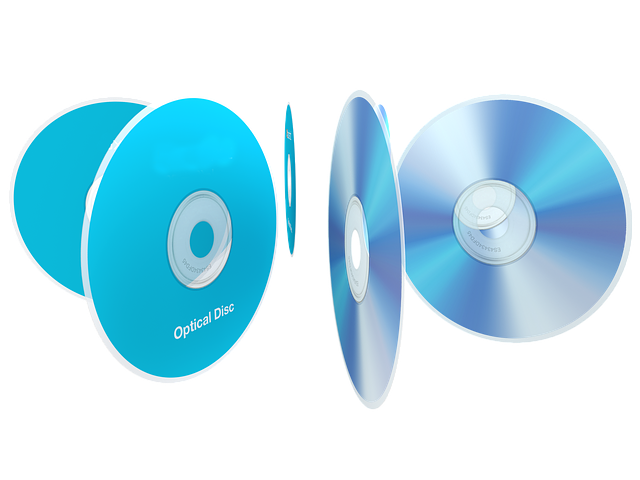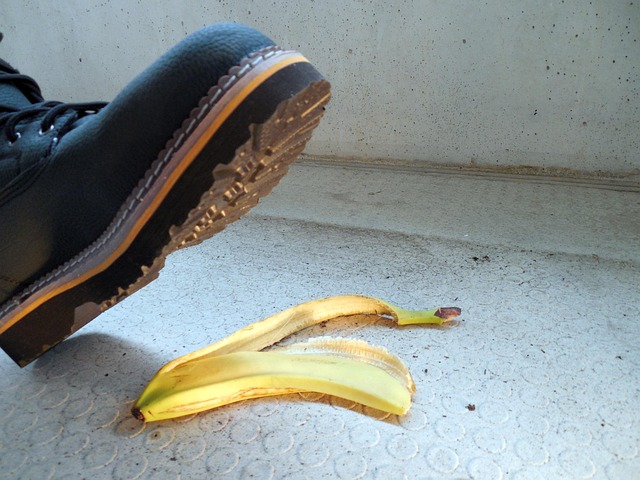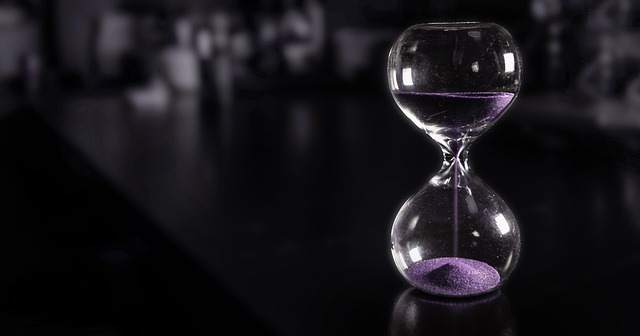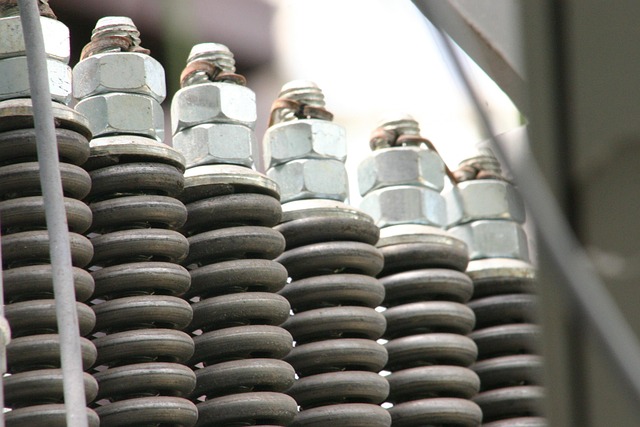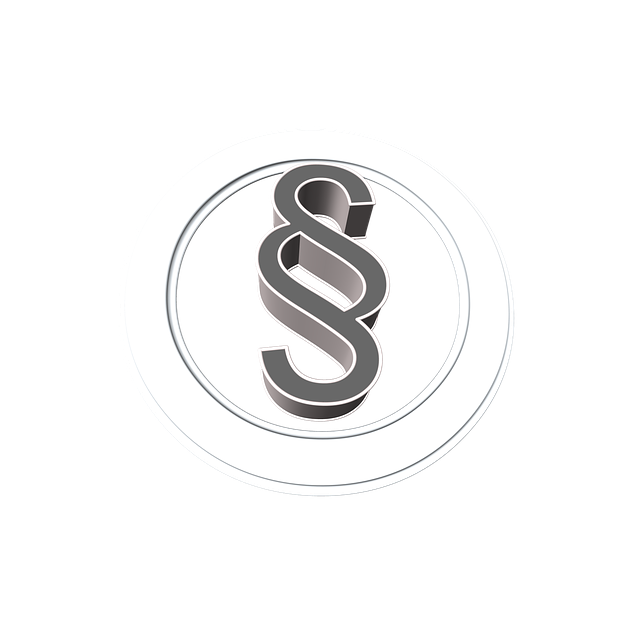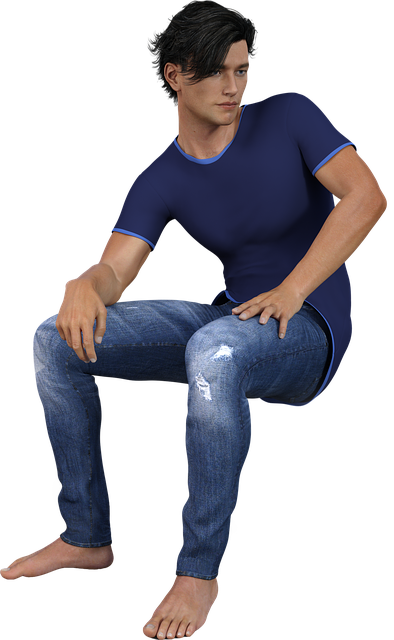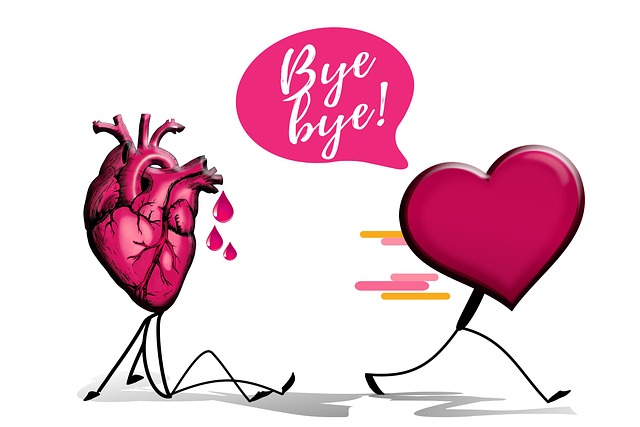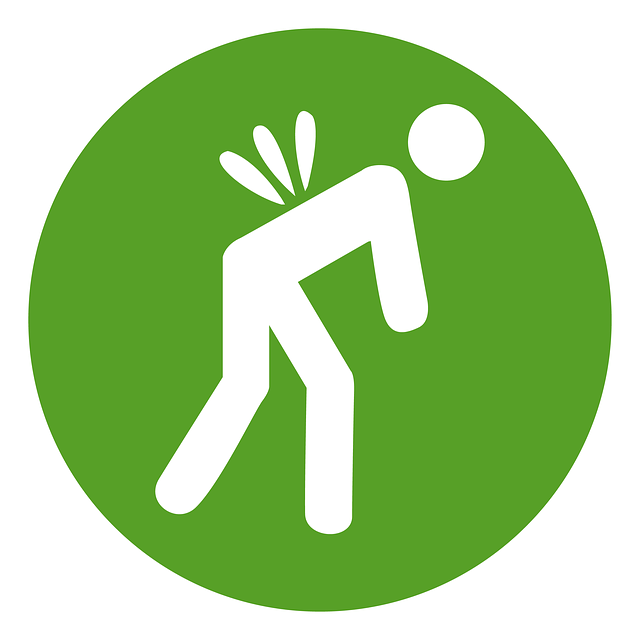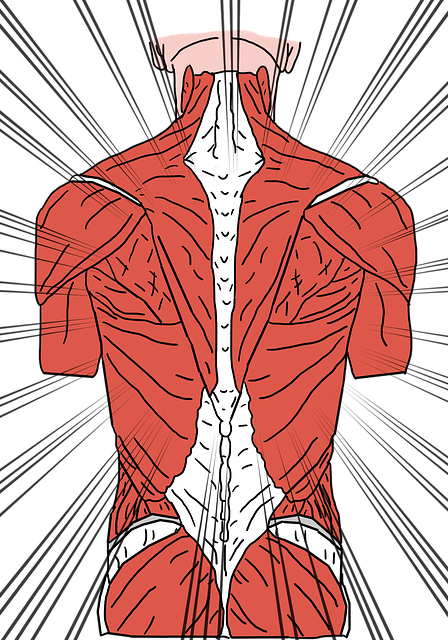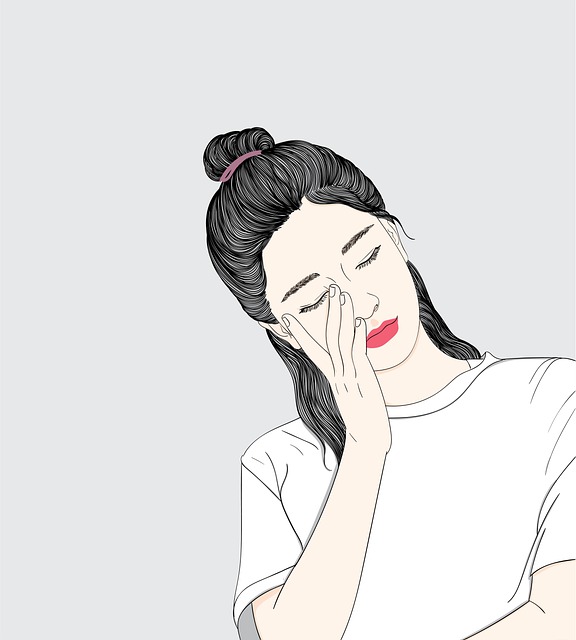Chiropractic care for upper back pain from accidents offers a non-invasive approach using specialized techniques like spinal manipulation and targeted therapies to release muscle tension, restore mobility, and address root causes, providing immediate relief and long-term management of discomfort caused by trauma or daily stress.
Muscle knots and tension in the upper back are common issues, often exacerbated by accidents or injuries. This article delves into understanding these knots, focusing on how chiropractic care offers a non-invasive treatment solution for accident-related upper back pain. We explore various adjustments and therapies that can significantly ease discomfort, providing a comprehensive guide to effective relief.
- Understanding Muscle Knots and Tension in the Upper Back
- Chiropractic Care: Non-Invasive Treatment for Accident-Related Pain
- Easing Upper Back Discomfort with Adjustments and Therapies
Understanding Muscle Knots and Tension in the Upper Back
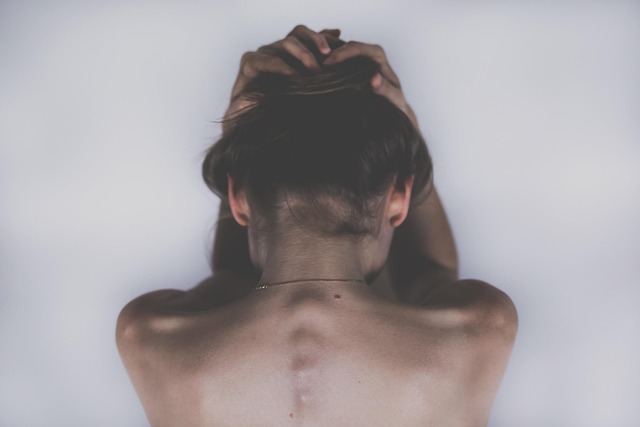
Muscle knots and tension in the upper back are common issues that can arise due to various factors, including repetitive movements, poor posture, or sudden injuries like car accidents. These tight knots often manifest as localized pain and discomfort, making everyday activities challenging. Chiropractic care offers a non-invasive approach to managing and alleviating such symptoms.
Chiropractors specialize in diagnosing and treating musculoskeletal disorders, focusing on the alignment and functionality of the spine. For upper back pain resulting from accidents, they employ techniques like manual adjustments, targeted stretches, and therapeutic exercises to release muscle tension and restore mobility. By addressing the root causes of knots and tension, chiropractic care aims to provide lasting relief, ensuring individuals can regain their comfort and range of motion.
Chiropractic Care: Non-Invasive Treatment for Accident-Related Pain

Chiropathic care offers a non-invasive treatment option for individuals suffering from upper back pain resulting from accidents. Chiropractic practitioners focus on the manipulation and adjustment of the spine to alleviate pressure on nerve roots, which can be affected by trauma. This gentle approach is particularly effective in addressing muscle knots and tension caused by whiplash or other accident-related injuries.
Unlike surgical interventions or extensive drug regimens, chiropractic care for upper back pain from accidents prioritizes the body’s natural healing mechanisms. Through specialized techniques, chiropractors can restore mobility, reduce inflammation, and improve overall spinal health. This holistic treatment method not only provides immediate relief but also empowers individuals to manage their condition effectively in the long term.
Easing Upper Back Discomfort with Adjustments and Therapies
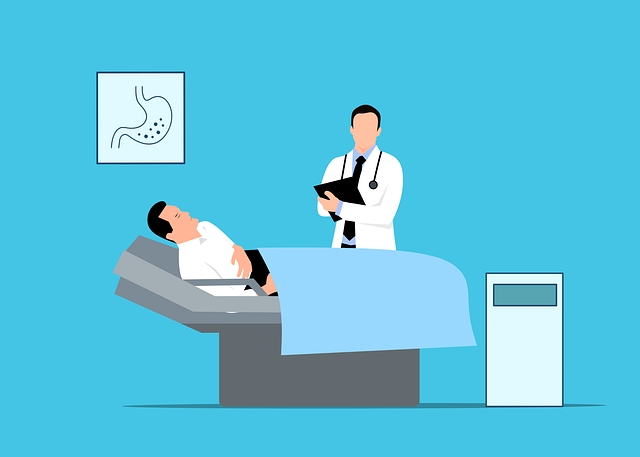
Upper back discomfort, often a result of accidents or daily stress, can be alleviated through specialized chiropractic care. Chiropractors are trained to identify and target specific muscle knots and tension in the upper back area, providing relief from sharp or chronic pain. Adjustments, such as spinal manipulation, help restore proper alignment, reducing pressure on nerves that may be contributing to the discomfort.
In conjunction with adjustments, various therapies can further ease upper back pain. These include soft tissue therapy, heat/cold treatments, and stretching exercises tailored by chiropractors. Chiropractic care for upper back pain from accidents offers a holistic approach, combining manual adjustments and therapeutic interventions to not only manage symptoms but also improve overall physical well-being.
Chiropractic care offers a non-invasive, effective solution for managing muscle knots and tension in the upper back, especially after accidents. By combining adjustments, targeted therapies, and patient education, chiropractors can significantly ease discomfort, promote healing, and restore function. For those seeking relief from chiropractic care for upper back pain from accidents, this holistic approach provides a promising path to recovery and improved quality of life.
